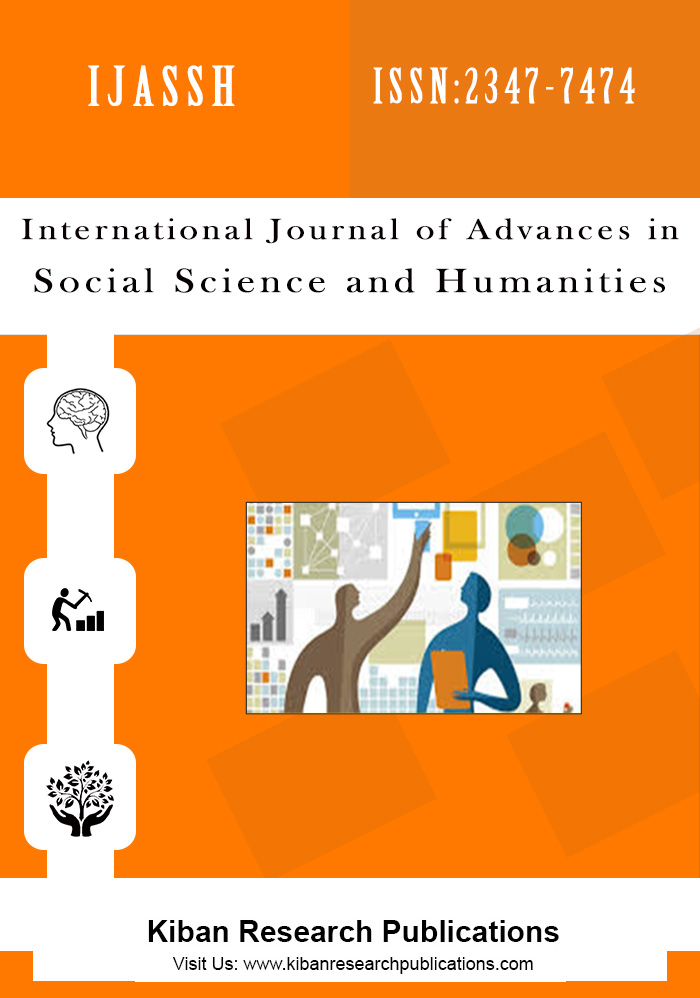The Study on the Index for Global Mobility of Scientific and Technological Talents
Abstract
The global mobility of scientific and technological talents is a prominent phenomenon, and many countries all over the world have put a high premium on it in recent years. Therefore, in this paper, we design a quantitative method to measure and evaluate brain gains and brain drains with a group of indicators for countries in the round. Not only considering the amounts of inflow and outflow of talents, we also investigate qualities of global mobility of talents and its effectiveness for origin countries and destination countries. An index named Global Scientific and Technological Talents Mobility Index is constructed on the grouping of 17 indicators into 8 sub--sub--pillars, 4 sub--pillars, 2 pillars and an overall index. Then, a great number of corresponding data and information about the proposed indicators about global mobility of talents was collected and processed. Finally, the values of indicators, sub--sub--pillars, sub--pillars and pillars about global mobility of talents for some selected OECD countries are calculated; hence, comparisons between these countries can be obtained. The effectiveness of the proposed results is discussed and varied.
Keywords: Talent mobility, Indicator system, Scientific and Technological talents, Quantitative analyses.
References
Basri (2008) The global competition for talent: mobility of the high skilled. OECD.
Wang H (2012) China’s competition for global talents: strategy, policy and recommendations.
Beechler S, Woodward IC (2009) The global “war for talentâ€. Journal of international management. 15(3):273–285.
Kerr SP, Kerr WR, Ozden C, Parsons CR (2016) Global Talent Flows. Social Science Electronic Publishing. 30(4):83–106.
Wang Y, Luo H, Li Z (2016) New States and New Features of Scientific Talent Mobility. Global Science, Technology and Economy Outlook. 31(12):30–35.
Org Z (2015) Global Mobility of Research Scientists. Elsevier Monographs.
Solimano A (2008) Causes and Consequences of Talent Mobility. International Mobility of Talent. 1–19.
Zhu JW, Yi-Ying LI (2016) The evolution of the overseas research on science and technology talents mobility. Studies in Science of Science.
Lanvin B, Evans P (2016) The Global Talent Competitiveness Index. INSEAD Business School, Adecco Group and Human Capital Leadership Institute.
OECD (2015) Indicators of Immigrant Integration Settling In.
Fagiolo G, Mastrorillo M (2014) Does human migration affect international trade? A complex-network perspective. Plos One. 9(5): 97331.
Zhao Y (2012) Immigration Network and Trade Creation Effect. World Economy Study.
Hibbs B, Hong G (2015) An examination of the effect of immigration on income inequality: A Gini index approach. Economics Bulletin. 650–656.
Dutta S (2013) The global innovation index 2013: the local dynamics of innovation.
Schwab K (2014) The Global Energy Architecture Performance Index Report. World Economic Forum.
Miguelez E, Fink C (2013) Measuring the International Mobility of Inventors:A New Database. Wipo Economic Research Working Papers. 21(35):84–104.
Narin F, Noma E, Perry R (1987) Patents as indicators of corporate technological strength. Research policy. 16(2-4):143–155.




